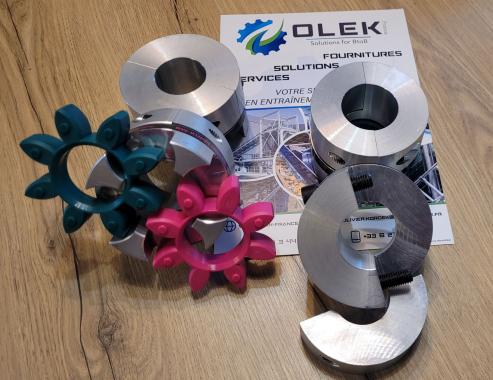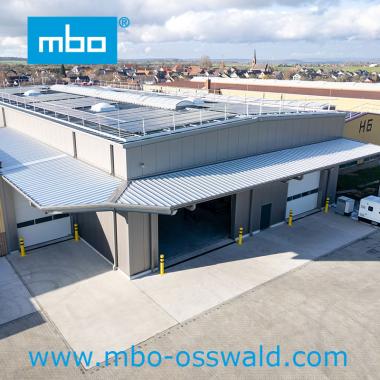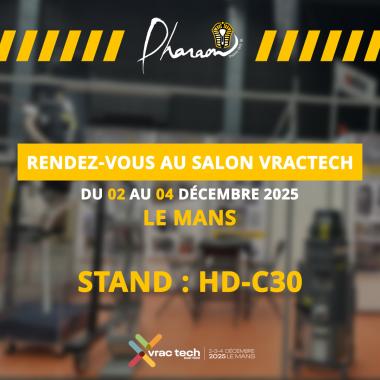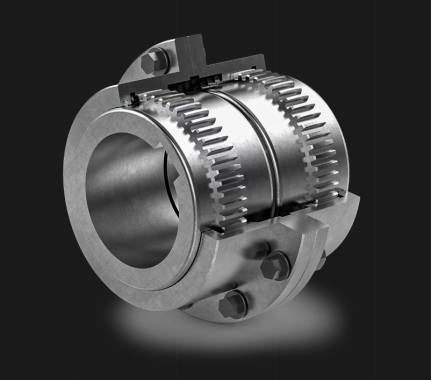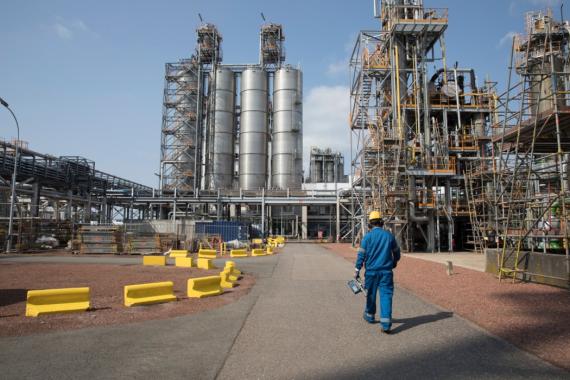How can bolt tension measurement contribute to a greener industry ?

Here's the reasoning for this conclusion:
In
the design office, engineers think in terms of bolt tension (kN) when
designing bolted assemblies, whereas during assembly, operators tighten
bolts using torque (N.m).
This
conceptual and operational gap creates a disconnect in the product
development and industrialization process. To mitigate this
discontinuity, designers in the design office double their safety
margins on all the parts they design and the bolts they specify.
The consequences are disastrous :
–
Oversized and heavier assemblies: For example, a heavier car engine
inevitably leads to a heavier car and thus increased fuel consumption.
– More difficult and longer assembly: With more bolts, factory productivity is impacted, reducing its ecological efficiency.
– Increased maintenance and operational costs: Oversized assemblies require more time and resources for maintenance.
Mastering bolt tension can reduce these factors by restoring continuity
between different departments: everyone thinks in terms of tension.
–
In design: The TRAXX system allows for testing the resistance of
assemblies and observing their mechanical properties and limits.
Ultimately, this leads to optimized design and thus lighter parts to
assemble.
– During assembly: The
TRAXX system ensures that the installed tension between the parts is in
accordance with the specifications from the design teams.
Thus, the loop is closed!
Sometimes, technological advancements can have an impact where we least expect it.
Our other news
See allJoin the largest community of industrial suppliers
- Helping you with your ongoing technology watch
- Provide you with detailed supplier statistics
- Give you international visibility
Discover the largest catalogue of industrial products on the market
- To offer you the best catalogue of industrial products on the market
- To guarantee you a 100% secure platform
- Enable you to have live remote exchanges


 Français
Français 